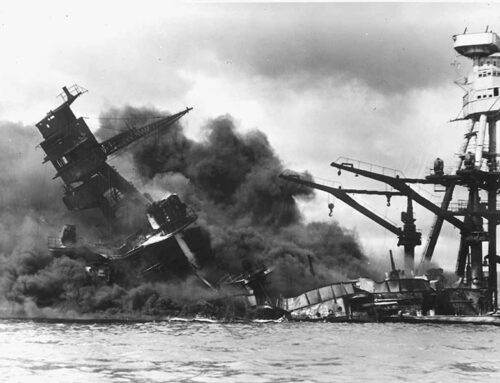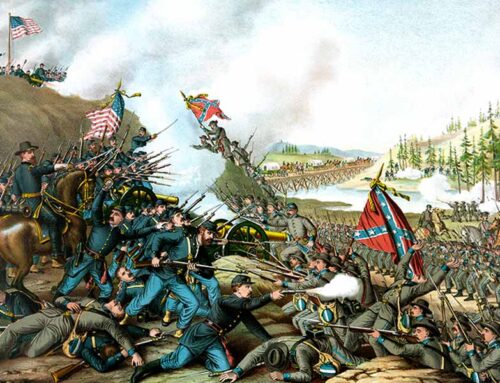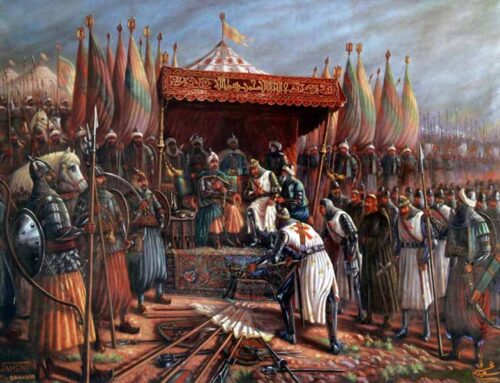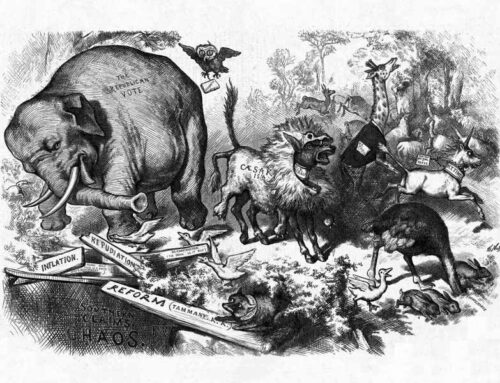While Michael Cassidy is being prosecuted for tearing down an alter to Satan in the Iowa Statehouse last week, the Federal Government began its destruction of the Arlington National Cemetery Confederate Monument—a symbol of reconciliation and unity for well over 100 years. Yesterday a judge’s order halted the destruction pending a hearing tomorrow morning so it stands for at least another day. We asked Mr. Potter to help us understand what the memorial is and why it is important. Know your history, know your Bible. Join Bill Thursday at 7pm CST on a FREE Zoom call: Historiography and the Christian Historian.
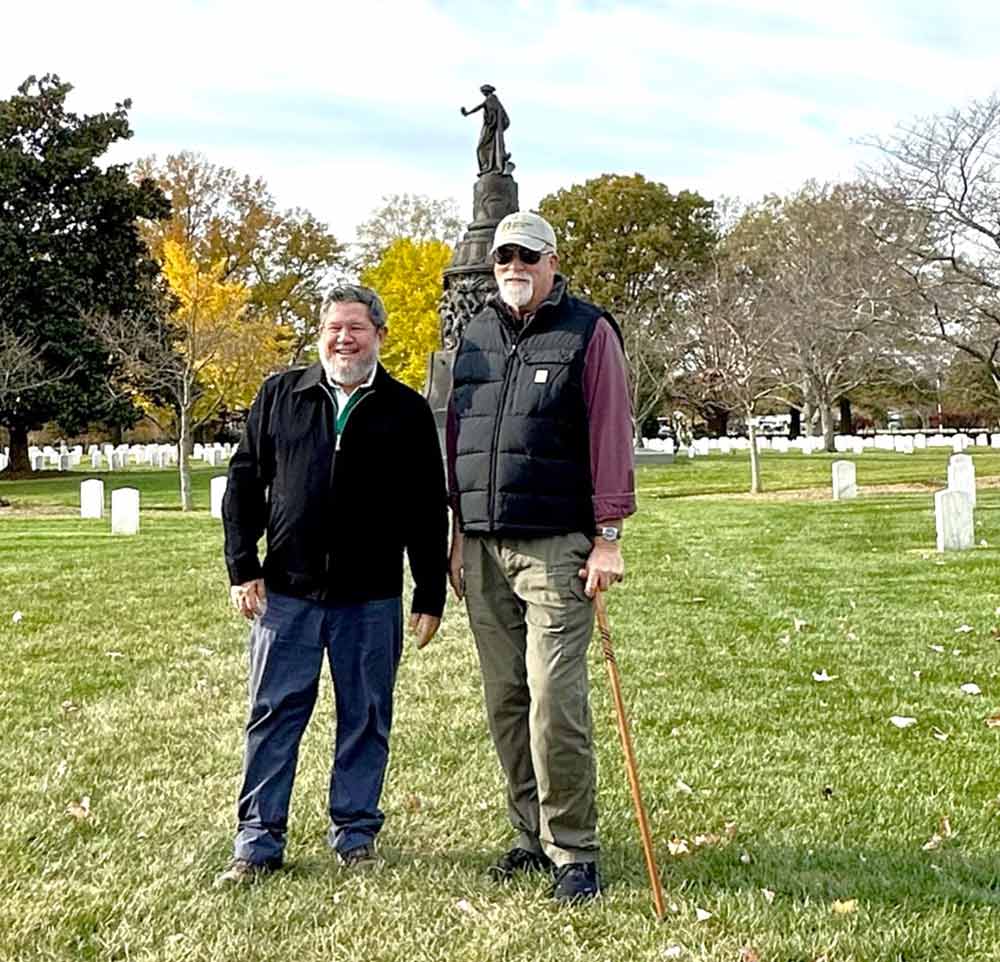
Kevin Turley and Bill Potter at Confederate Memorial
“When the righteous are in authority, the people rejoice: but when the wicked beareth rule, the people mourn.” —Prov. 29:2
—Kevin Turley, Landmark Events

Removal of the Reconciliation Monument at Arlington, 2023
![]() he year was 1898; war with Spain loomed on the horizon. William McKinley, the last Union Civil War veteran elected to the presidency, realized the psychological and social wounds of the Civil War, which had ended thirty-three years earlier, still festered in some parts of the nation, especially the South. His predecessor had taken overt steps to ameliorate some of the continuing animosity between the sections by returning captured battle-flags and successfully courting the southern Democratic votes. McKinley went one better by calling for the nation to take better care of the graves of Confederate soldiers. He soon would also appoint ex-Confederate Generals to serve in high-ranking positions in the War with Spain.
he year was 1898; war with Spain loomed on the horizon. William McKinley, the last Union Civil War veteran elected to the presidency, realized the psychological and social wounds of the Civil War, which had ended thirty-three years earlier, still festered in some parts of the nation, especially the South. His predecessor had taken overt steps to ameliorate some of the continuing animosity between the sections by returning captured battle-flags and successfully courting the southern Democratic votes. McKinley went one better by calling for the nation to take better care of the graves of Confederate soldiers. He soon would also appoint ex-Confederate Generals to serve in high-ranking positions in the War with Spain.
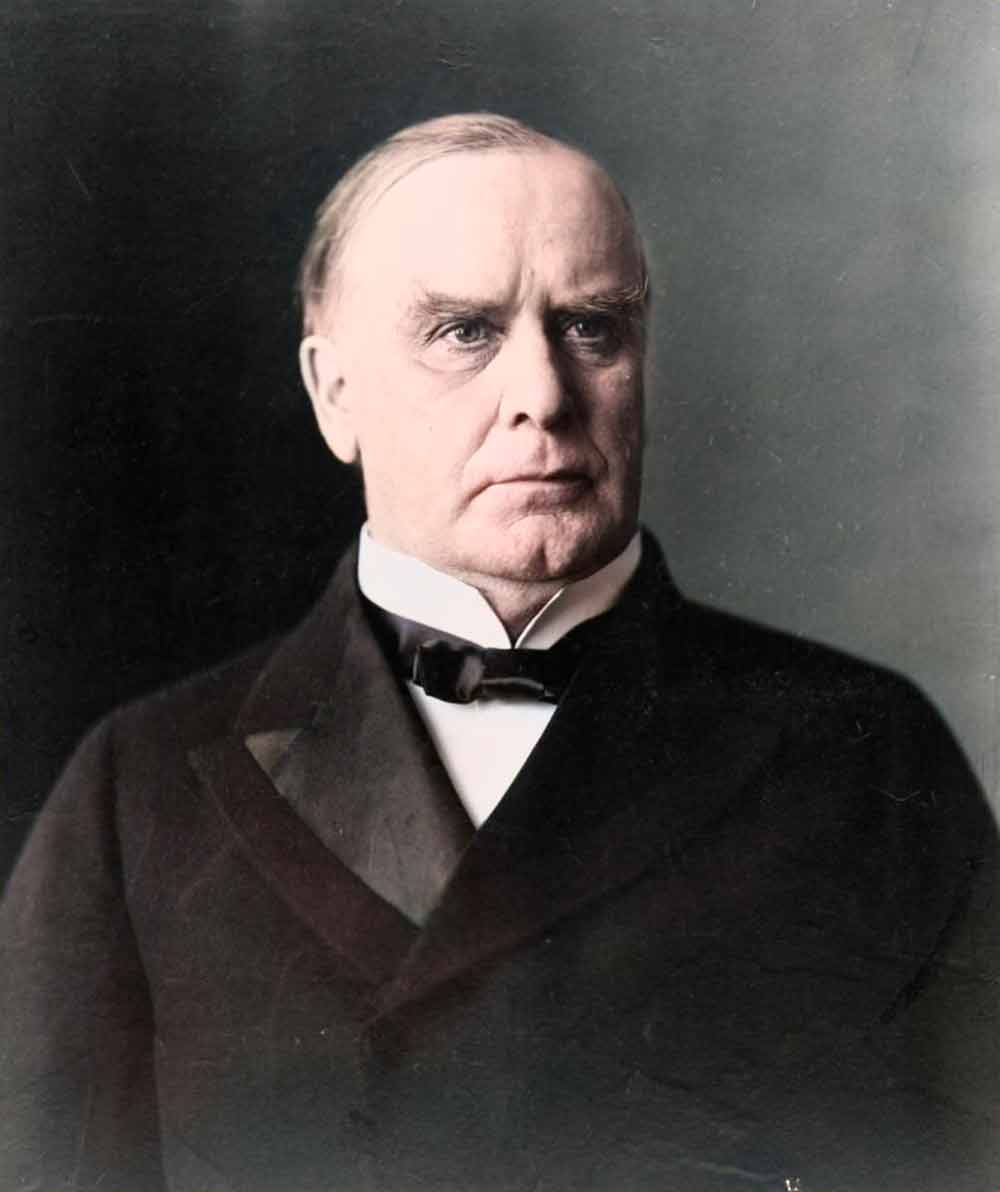
President William McKinley (1843-1901)
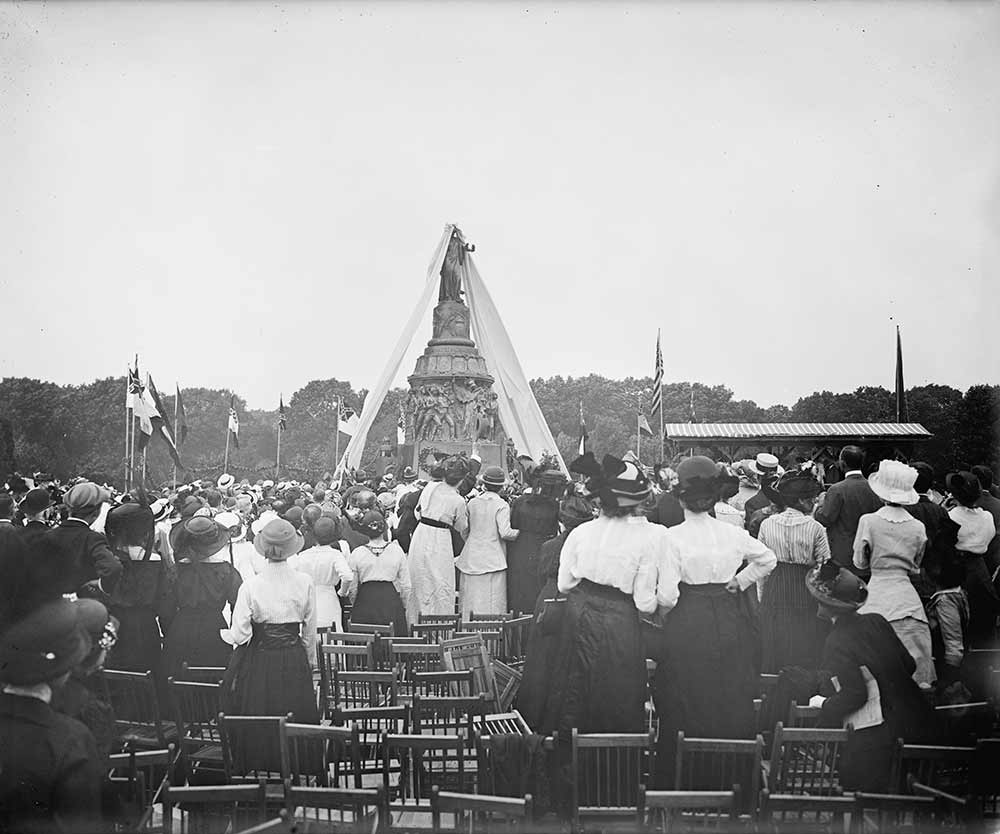
Unveiling of the Confederate Monument, Arlington National, June 4, 1914
In that spirit of reconciliation, two years later, Congress authorized the Confederate section at Arlington Cemetery. Numerous reinterments followed, totaling eventually more than four hundred, who await Judgment Day, along with the more than 16,000 Union soldiers also buried there. In 1906, Secretary of War, Ohioan William Taft, approved a request by the United Daughters of the Confederacy to commission Moses Ezekiel, one of the most famous sculptors in the world, to design the monument that would demarcate and celebrate the Confederate soldiers buried in their section.
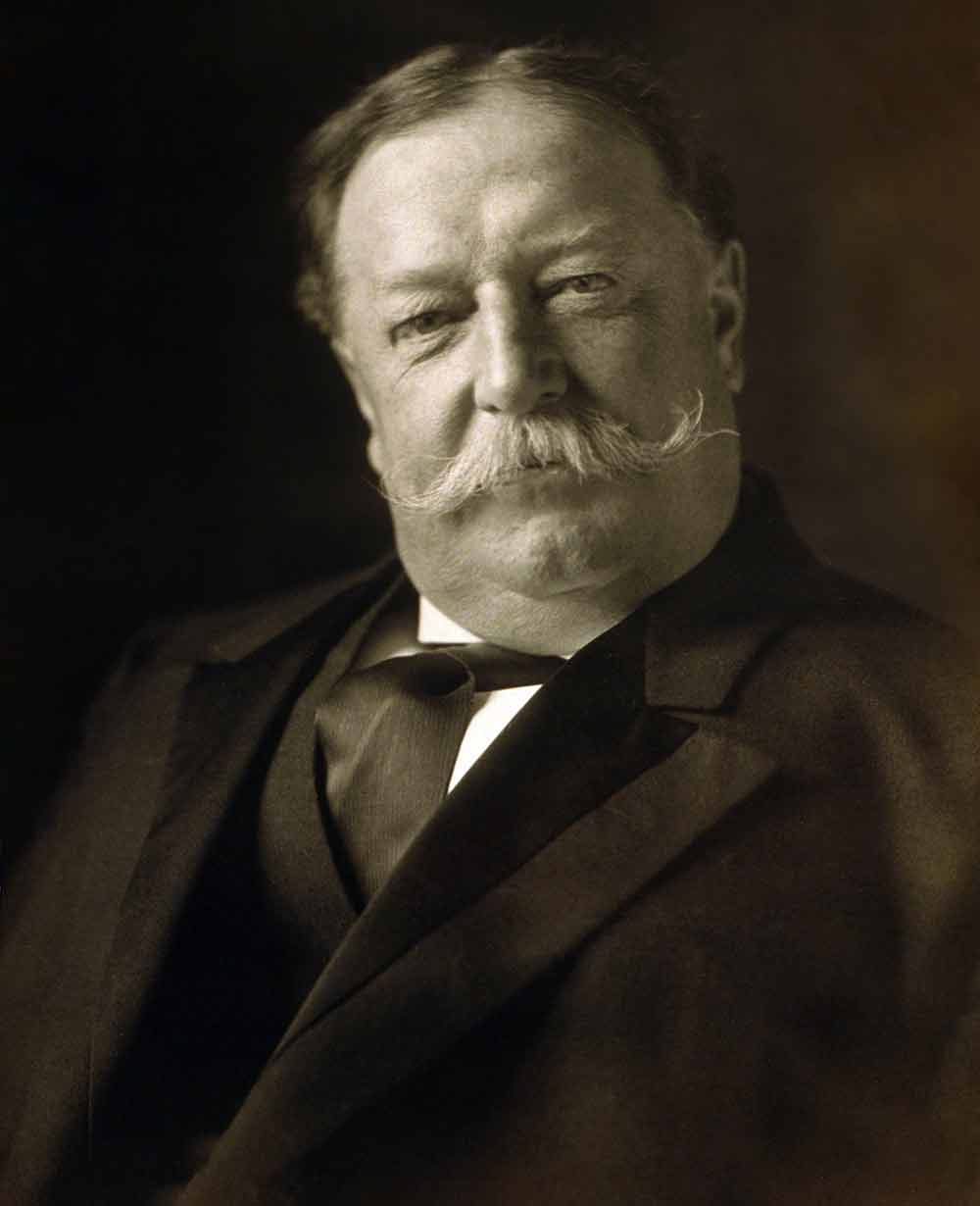
President Howard Taft (1857-1930)
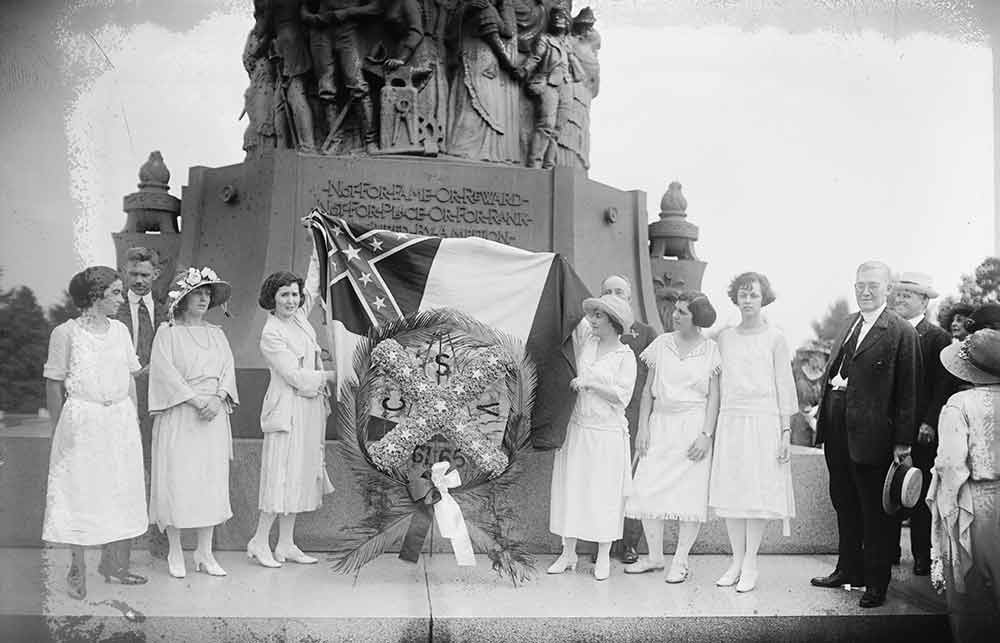
Wreath laying at Confederate Memorial Day Services by the United Daughters of the Confederacy, 1922
Ezekiel was the first Jewish graduate of the Virginia Military Institute in Lexington, Virginia, and a member of the Corps when they fought in the Battle of New Market. After the War he moved to Italy to develop his skills, becoming an internationally renowned sculptor. Upon his death in 1917, Moses Ezekiel was buried next to the monument, desiring only the words recounting the service of his youth in the Civil War: Sergeant of Company C, Battalion of Cadets of the Virginia Military Institute.
The magnificent bronze monument, with multiple symbolic devices, is topped by a woman representing the South, in her right hand a pruning hook resting on a plow stock in a gesture of peace and reconciliation. The thirty-two figures adorning the frieze around the monument include every sort of Southern person from the war period, including a black Confederate soldier. The Reverend Randolph McKim, a Confederate officer and chaplain in the war, submitted, in part, the following words:
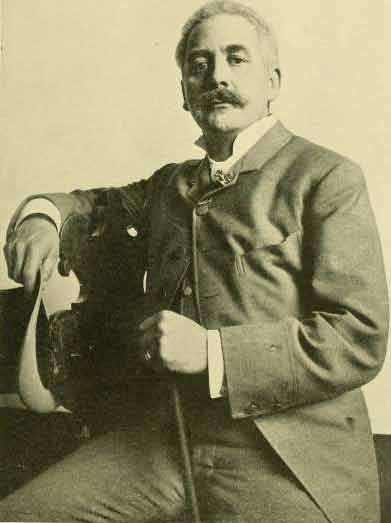
Moses Ezekiel (1844-1917)
“NOT FOR FAME OR REWARD—NOT FOR PLACE OR FOR RANK—NOT LURED BY AMBITION—OR GOADED BY NECESSITY—THESE MEN SUFFERED ALL—SACRIFICED ALL—DARED ALL—AND DIED”
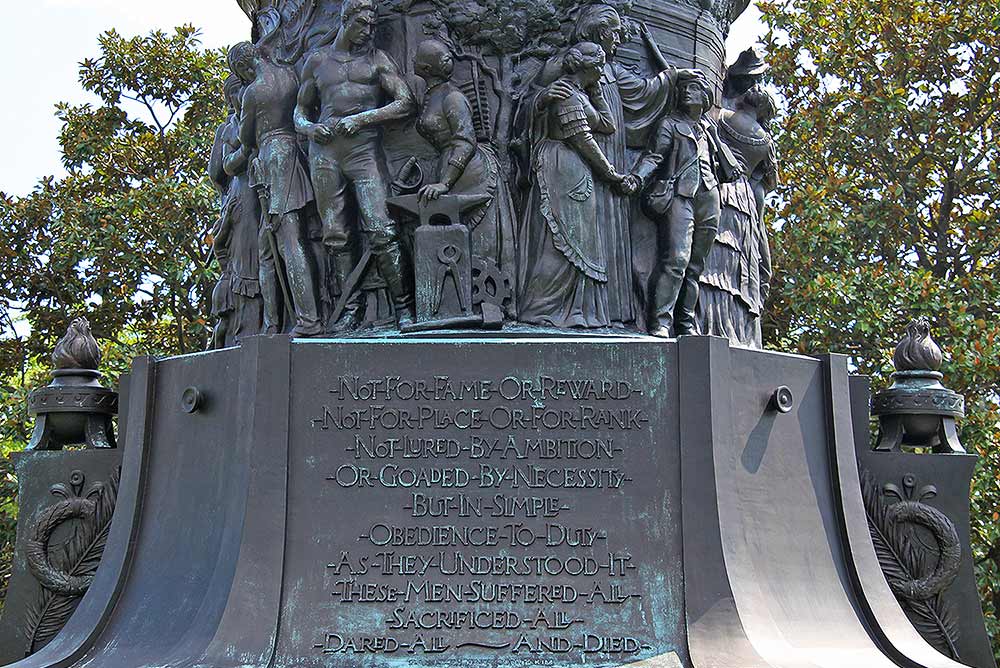
Inscription as seen at the base of the north-facing frieze
President Taft spoke at the cornerstone dedication in 1912. His excellent speech is available for reading today. The unveiling took place in 1914 on Jefferson Davis’s birthday, overseen by President Woodrow Wilson who gave a heartfelt and magnanimous address to the thousands assembled. And so the monument has stood for 110 years, a symbol of reconciliation, respect, and honor. But no longer as of this week.
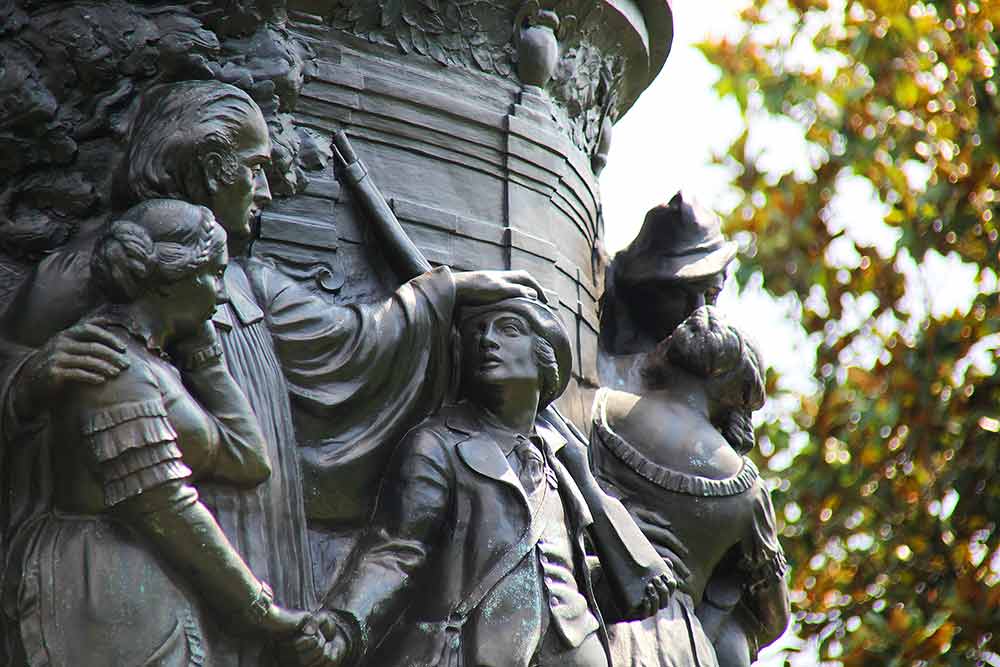
Frieze detail from the Arlington Monument
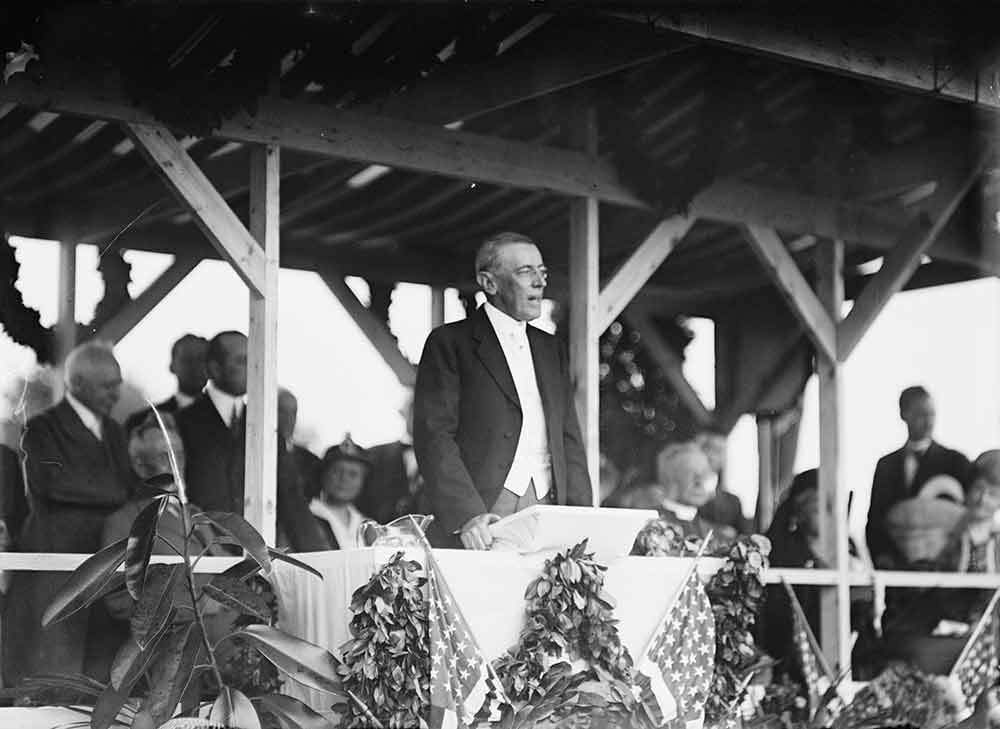
President Woodrow Wilson speaks at the 1914 unveiling ceremony
In 2021 Congress established “The Naming Commission” to devise a plan to “rid the military of its statues and monuments commemorating the Confederacy.” After renaming many military bases named after Confederate heroes, the Commission recommended that the Confederate Monument at Arlington be torn down, mandated to be accomplished before January 1. The destruction began today on orders of the Defense Department. Lawsuits by Heritage groups and others to stop the desecration have been set aside by the Army. Virginia Governor Younkin has conceded the action after protesting, along with forty Republican Congressmen who signed a letter demanding the “defense” secretary Lloyd Austin stop the proceedings—also ignored.

Naming Commission Chair, Michelle Howard

Monument foundations are laid, 1912
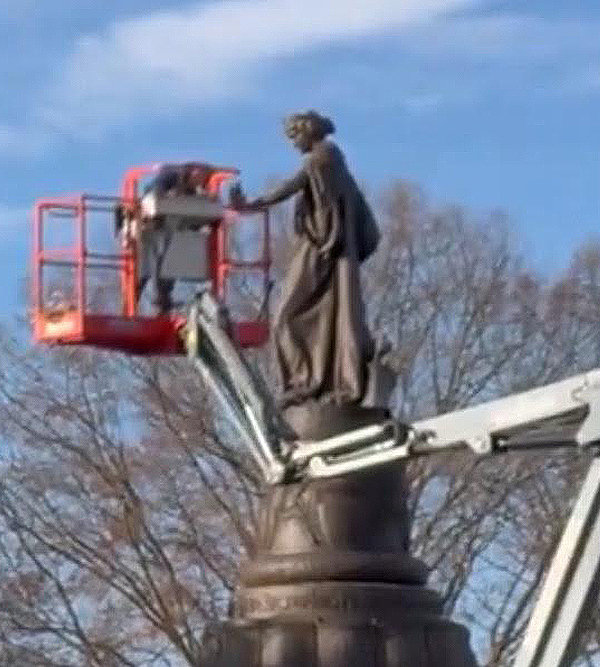
Beginning the monument’s removal, 2023
The Unity monument is joining the hundreds of other Confederate monuments around the country which have been dismantled or destroyed by the purveyors of a new narrative of American history based on Critical Race Theory and new revolutionary Marxist dogmas—substituting “racial oppression” for capitalism as the basis for all American history interpretation. This “march through the institutions of society” by revolutionaries is not new. The ideological overthrow of the Church, educational system, business, the military leadership, and politicians has been an ongoing enterprise for several generations and merely reflects the modern iteration of a spiritual war begun in Eden.
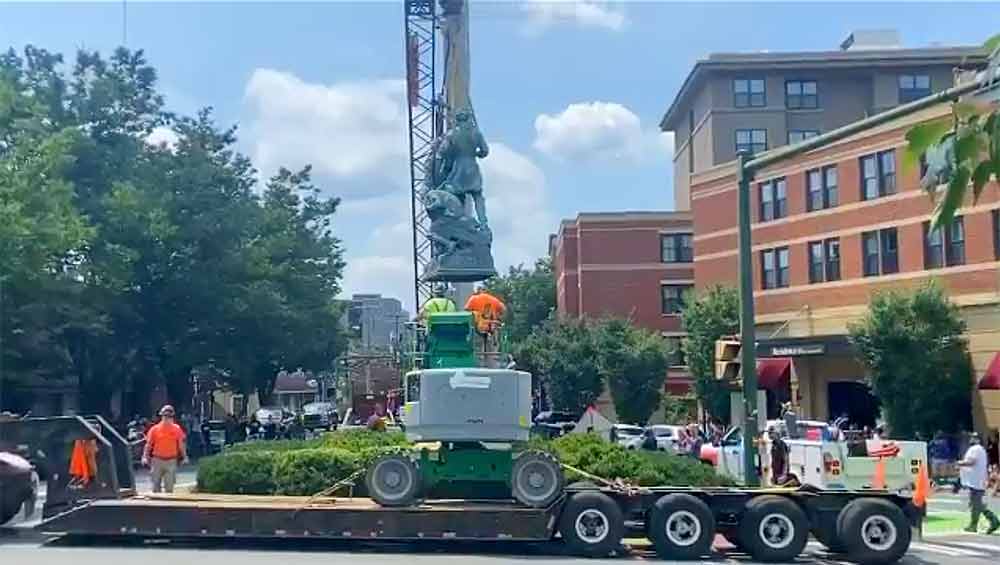
Removal of a Charlottesville Lewis and Clark / Sacagawea monument in 2021
When the rich and powerful declare courage, honor, sacrifice, and defense of home and hearth antiquated evidences of “patriarchal white supremacy” and fit only for destruction, we cannot stand by and hope the wave goes over our heads. We need to plant our banners, speak against the spirit of the age and show our children and grandchildren there are issues worth fighting and dying for. A monument may be a small thing in the larger scheme of the war, but the decision-makers need to know we’re still here and will continue the resistance, leaving ultimate outcomes to the Providence of God. Let us keep building monuments that are reminders of the truth that duty and obedience to God are sublime and eternal responsibilities.
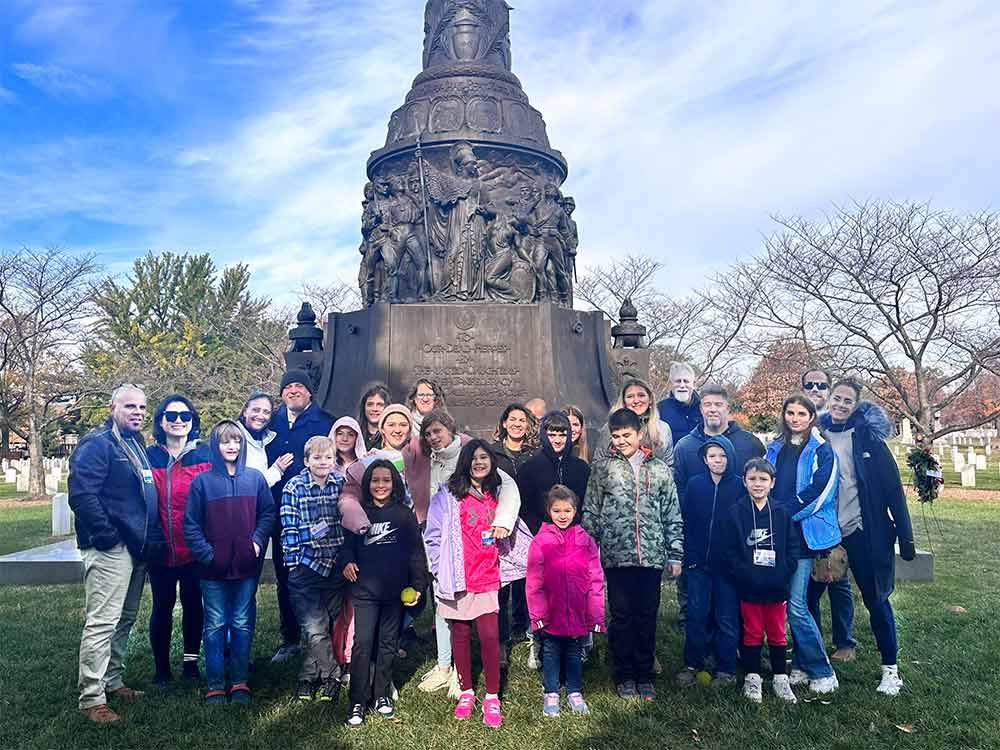
Our Heart of American History tour guests at the Monument 30 days ago
Image Credits: 1 President William McKinley (wikipedia.org) 2 Monument Unveiling, 1914 (wikipedia.org) 3 President Howard Taft (wikipedia.org) 4 United Daughters of the Confederacy (wikipedia.org) 5 Moses Ezekiel (wikipedia.org) 6 North Frieze and Base (wikipedia.org) 7 Monument Frieze Detail (wikipedia.org) 8 Woodrow Wilson at Monument Dedication (wikipedia.org) 9 Naming Commission Chair, Michelle Howard (wikipedia.org) 10 Construction of Monument Foundation (wikipedia.org) 11 Monument Removal (thegatewaypundit.com) 12 Lewis & Clark Statue Removal (thegatewaypundit.com)



